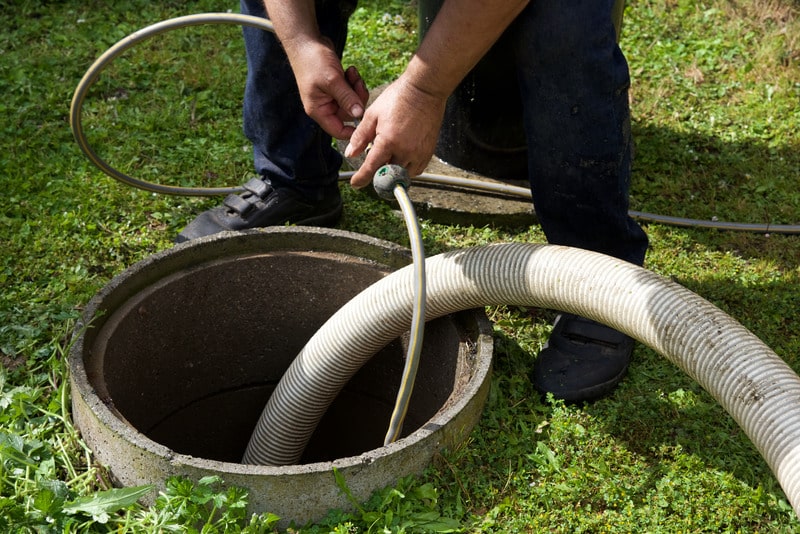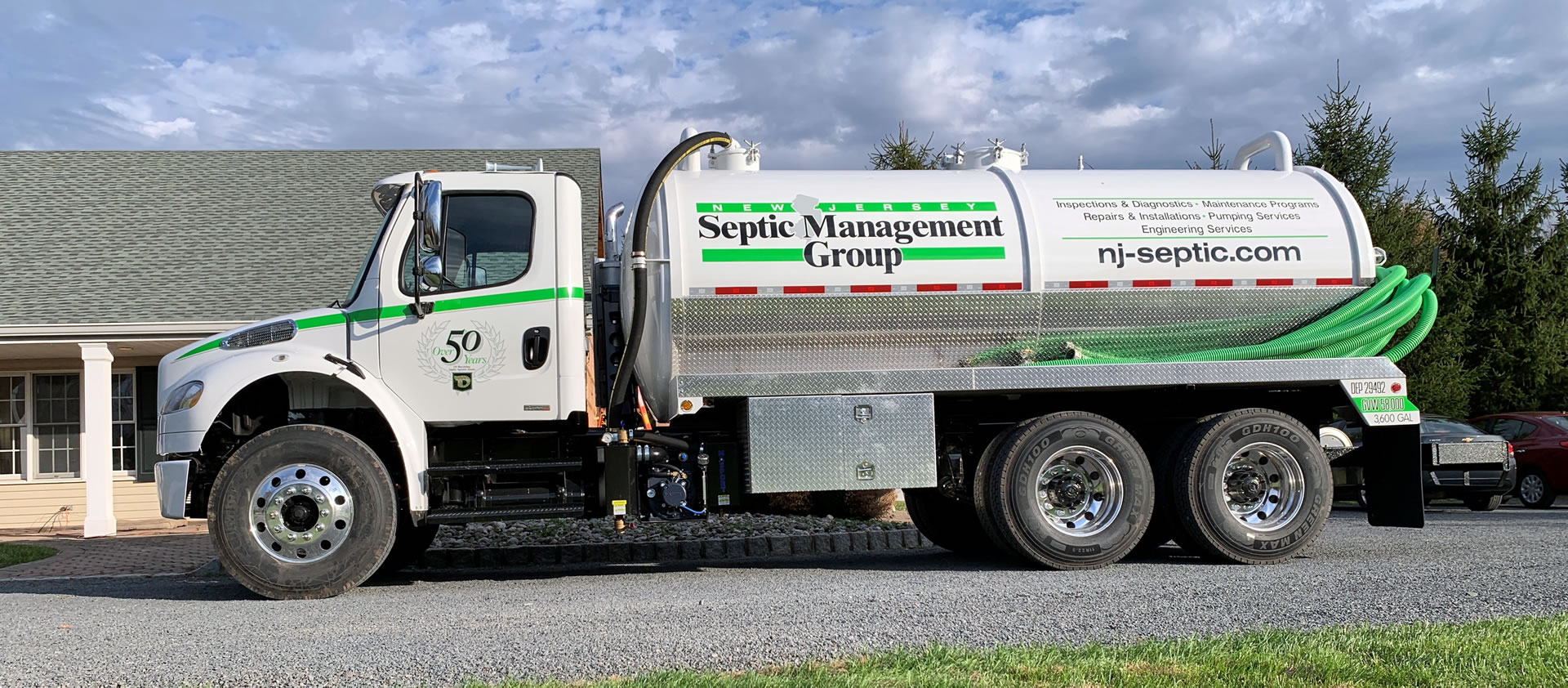The 8-Minute Rule for Stillwell Septic And Grading
Table of ContentsOur Stillwell Septic And Grading PDFsAn Unbiased View of Stillwell Septic And GradingThe Facts About Stillwell Septic And Grading RevealedNot known Facts About Stillwell Septic And GradingThe Best Guide To Stillwell Septic And GradingSome Known Facts About Stillwell Septic And Grading.Facts About Stillwell Septic And Grading Uncovered

Homeowners need to additionally enlighten themselves on the fundamentals of septic tanks to ensure they make informed decisions throughout the installment process - Septic Tank Repairs. Septic systems are an important part of lots of homes that are not attached to a local drain system. They are made to treat and take care of home wastewater on-site
The septic storage tank is a large, underground container made of concrete, fiberglass, or plastic. The container divides the solid waste from the liquid waste.
A Biased View of Stillwell Septic And Grading
It is likewise crucial to preserve water and prevent overwhelming the system. Basic actions such as dealing with dripping taps and commodes, installing low-flow showerheads and toilets, and spreading out laundry tons can help lower water usage and expand the life of the septic system.
The topography of the website is additionally assessed to make sure that the septic tank is installed at the right elevation. https://www.taringa.net/stillwellsag/quality-septic-solutions-stillwell-septic-and-grading_5btwpt. The system needs to be installed at a greater altitude than the surrounding area to avoid contamination of the surrounding atmosphere. Obstacles are the minimal distances needed by regulation between the septic system and various other structures or functions such as wells, structures, and residential property lines
The elevations will ensure that the septic system functions effectively, and wastewater is successfully dealt with. It makes sure that the septic system is set up in the most ideal place, taking right into consideration the soil, topography, and setbacks.
Some Known Facts About Stillwell Septic And Grading.
Prior to mounting a septic system, property owners require to acquire permits and abide with guidelines. The regulations differ depending upon the state, county, and town. Therefore, it is important to get in touch with the regional wellness department or structure department to make sure compliance. A few of the authorizations and policies that property owners require to think about include:: House owners require to obtain an authorization from the local health and wellness division or building department prior to installing a septic system.
For example, some municipalities may call for a minimal great deal size for septic system installation.: Homeowners need to follow environmental guidelines when mounting a septic tank. Some states may require an environmental effect evaluation before setting up a septic system.: House owners need to comply with building policies when installing a septic system.
More About Stillwell Septic And Grading
Some towns might require periodic assessments and pumping of the septic storage tank. It is crucial for property owners to get licenses and comply with policies prior to mounting a septic system.
Among one of the most vital aspects to take into consideration when picking a septic container is the dimension. A sewage-disposal tank that is also small for the home's needs will need more regular pumping, while a container that is also big can cause too much water build-up and possible system failing. A basic rule of thumb is Septic Tank Repairs that the tank needs to be able to hold at least two days' worth of wastewater.
The 2-Minute Rule for Stillwell Septic And Grading

Plastic tanks are cost effective and light-weight, yet they might not be as durable as other materials and can be prone to cracking. It's additionally essential to consider the kind of system the septic tank will certainly be made use of with. There are two major kinds of septic systems: gravity and stress. Gravity systems rely upon the all-natural flow of wastewater to relocate through the system, while stress systems utilize a pump to move wastewater with the system.
Stillwell Septic And Grading Fundamentals Explained
Generally, choosing the best septic storage tank for a home is an essential decision that needs cautious factor to consider. Prior to installing a septic storage tank, property owners must take particular actions to prepare for the installation procedure.
Right here are some important precaution to follow: Wear protective equipment: Property owners have to put on protective equipment, such as gloves, boots, and headgears, to avoid injury throughout the setup procedure. Avoid electric lines: Property owners have to prevent excavating near electrical lines to protect against electrocution. Use care when operating hefty equipment: Property owners have to utilize care when operating hefty machinery to stop accidents and injuries.
Stillwell Septic And Grading for Dummies
By complying with these necessary actions, property owners can make sure an effective septic system installation process. Septic storage tank setup is a crucial process that requires careful planning and execution. Homeowners who are installing a sewage-disposal tank for the very first time must recognize the essential steps associated with the process to guarantee that their septic system works effectively and properly.
